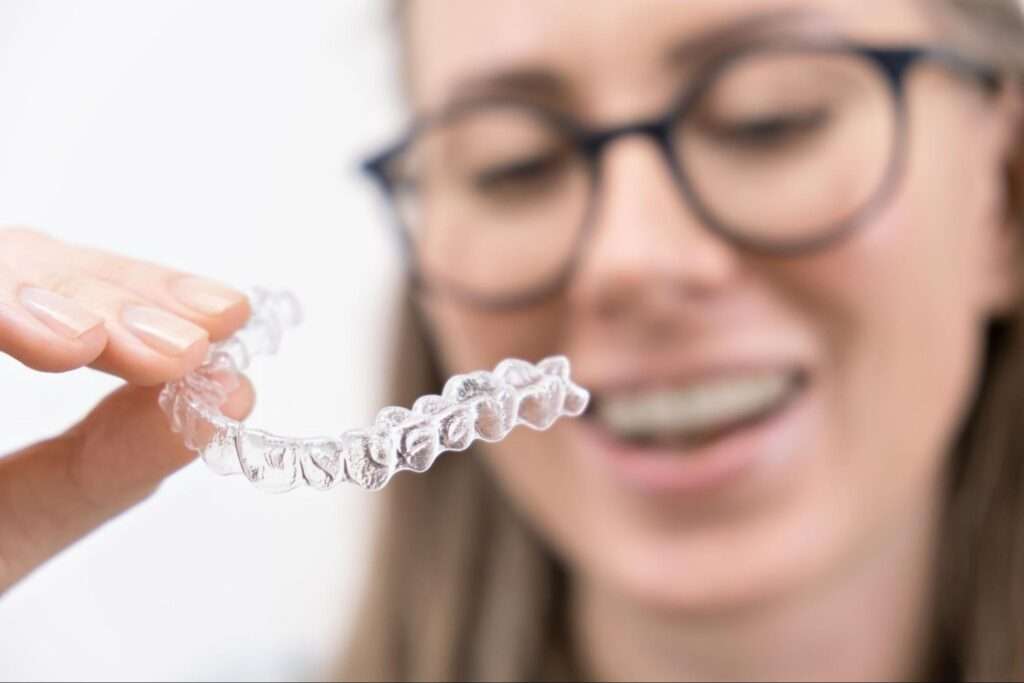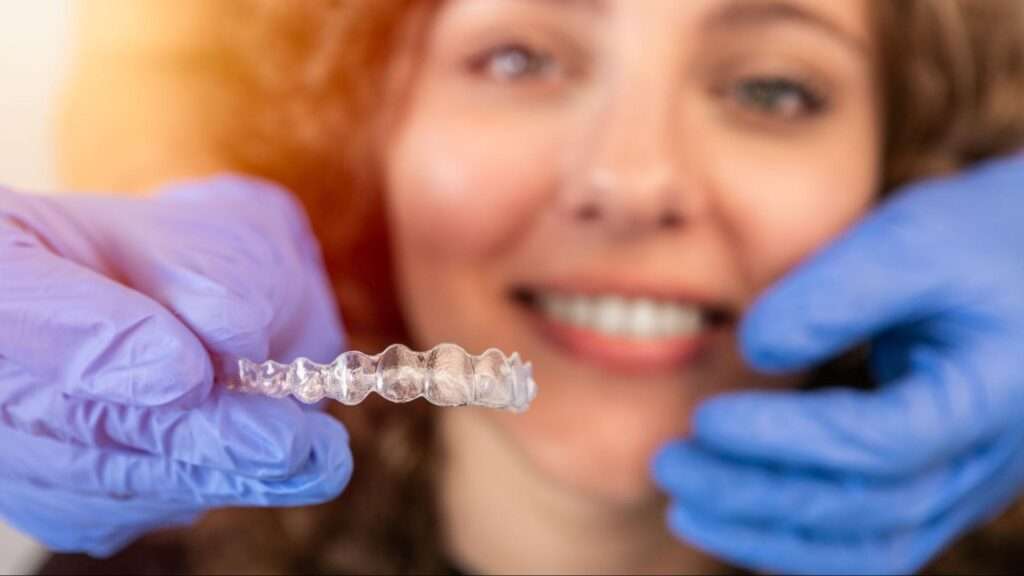Teeth Aligners for Adults: Why It’s Never Too Late for a Perfect Smile
A perfect smile can boost confidence, open doors, and improve your health. While many associate braces and aligners with teenagers, more adults than ever are turning to modern orthodontic solutions to fix their teeth. Today’s advanced technology makes correcting misaligned teeth more discreet, faster, and accessible. Gone are the days of bulky metal braces, as clear aligners now offer a subtle solution to straightening teeth. No matter your age, achieving the smile you always dreamed of is never too late. Why Adults Are Choosing Teeth Aligners Our dental needs can change as adults, and many of us become more aware of our smile’s appearance over time. Whether it’s a concern over crooked teeth, gaps, or bite issues, these problems can become more noticeable as we age. Teeth aligners provide a convenient solution that doesn’t interfere with professional and social lives. Their discreet, clear design allows adults to confidently seek orthodontic treatment without feeling self-conscious. Furthermore, aligners offer the flexibility of being removable, fitting seamlessly into an active and demanding lifestyle The Benefits of Teeth Aligners for Adults Teeth aligners offer several advantages tailored to adult needs. They provide an easy, effective solution for those looking to improve their smile without disrupting their daily lives. These benefits go beyond aesthetics, affecting confidence, convenience, and oral health. Discreet Appearance The most appealing feature of teeth aligners for adults is their discreet appearance. Made from clear, medical-grade plastic, aligners are virtually invisible when worn. It allows adults to undergo treatment without drawing unwanted attention to their teeth. You can continue daily conversations and interactions without feeling self-conscious about wearing orthodontic devices. Convenience and Flexibility Unlike traditional braces, aligners are removable, so you can take them out when eating or brushing your teeth. That reduces the need to restrict your diet, and you won’t have to navigate around wires or brackets. Additionally, the ability to remove them for special occasions or professional meetings makes aligners a more appealing option for busy adults. Improved Oral Health Teeth aligners do more than improve your smile—they also benefit your overall oral health. Misaligned teeth can lead to issues such as gum disease, tooth decay, and jaw pain. By correcting alignment issues, aligners help prevent these problems and promote better long-term dental health. In many cases, aligners can also improve your bite, reducing strain on your teeth and jaw. Boost in Confidence For many adults, having a crooked or misaligned smile can impact self-esteem. Correcting these issues with aligners can lead to a significant boost in confidence. Whether for personal satisfaction or making a better first impression in professional or social settings, a straightened smile can help you feel better about yourself. Aligners provide a pathway to achieving the smile you’ve always wanted, and the results often lead to a more positive outlook on life. The Process of Getting Teeth Aligners As an Adult Getting teeth aligners as an adult is straightforward and tailored to fit your lifestyle. Understanding the process can ease any concerns and set clear expectations for treatment. Consultation The journey to a perfect smile begins with a consultation with an orthodontist or dentist. During this initial appointment, the orthodontist will evaluate your teeth, take digital scans or impressions, and discuss your goals. This step is crucial in determining if aligners are the proper treatment for you. The orthodontist will then explain the treatment plan, including how long it will take and what to expect. Treatment Plan Once the consultation is complete, a personalized treatment plan is developed based on your dental needs. Using 3D imaging technology, your orthodontist or provider will map out the precise movements of your teeth throughout the process. This detailed plan outlines each step of your treatment, from the initial aligner tray to the final result. You’ll have a clear understanding of how your teeth will shift over time and the approximate duration of the treatment. Wearing Aligners After receiving your custom aligners, wearing them as directed is critical to achieving the best results. To be effective, aligners must be worn for 20-22 hours a day and only removed when eating or brushing. The aligners work by gently applying pressure to move your teeth over time. Each set is typically worn for two weeks before moving on to the next set, gradually shifting your teeth into their new positions. Regular Check-Ins Regular check-ins with your orthodontist are necessary to monitor your progress throughout the treatment. These visits are less frequent than those required for traditional braces, often every six to eight weeks. During these appointments, your orthodontist will ensure that your teeth are moving as planned and make any necessary adjustments. These routine check-ups are essential to ensure the treatment stays on track and delivers the desired results. Common Misconceptions About Teeth Aligners for Adults Despite the rising popularity of teeth aligners among adults, several misconceptions persist. These myths can discourage people from seeking treatment or cause unnecessary concern. Debunking these misconceptions can help adults feel more confident about choosing aligners for orthodontic care. “I’m Too Old” A common misconception is that orthodontic treatment is only for teenagers. In reality, adults of all ages are ideal candidates for teeth aligners. Teeth continue to shift over time, and it’s common for adults to develop alignment issues later in life. Whether you’re in your 30s, 40s, or even older, aligners can help improve your smile at any stage. “Aligners Are Painful” While orthodontic treatment can cause discomfort, many find aligners far more comfortable than traditional braces. Since they are made from smooth plastic, they don’t irritate the mouth like metal braces can. The pressure exerted by aligners is gentle, leading to less discomfort as your teeth move. Most adults report only mild soreness, which typically fades after the first few days of wearing each new set. “They Take Too Long” Many adults worry that orthodontic treatment will take years to complete. However, aligners often work more quickly than traditional braces in many cases. The average treatment time for aligners ranges from
Teeth Aligners for Adults: Why It’s Never Too Late for a Perfect Smile Read More »








